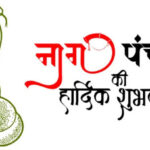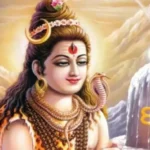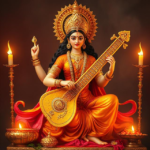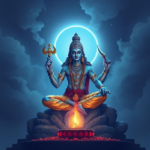Nag Panchami is observed by Hindus, Jains, and Buddhists throughout India, Nepal, and other countries where these religions are followed. On this day, devotees offer milk, flowers, fruits, and sweets to the images or idols of snakes or Nagas, or to the live snakes, especially cobras, with the help of snake charmers. Some of the popular snake gods that are worshipped on Nag Panchami are Ananta, Vasuki, Shesha, Padma, Kambala, Karkotaka, Ashvatara, Dhritarashtra, Shankhapala, Kaliya, Takshaka, and Pingala.
Nag Panchami is a Hindu festival of worshipping snakes or Nagas, which are considered as divine and auspicious creatures in Hindu mythology. Nag Panchami falls on the fifth day (Panchami) of the bright fortnight (Shukla Paksha) of the lunar month of Shravana (July/August),
Nag Panchami Date, Time and Puja Muhurat 2023
According to the Hindu calendar. In 2023, Nag Panchami will be celebrated on Monday, August 21. Nag Panchami Puja Muhurat is between 05:53 AM to 08:30 AM . The Panchami Tithi of Shukla Paksha of Shravan month will start at 12:21 AM on August 21 and Panchami Tithi will end on August 22 at 02:01 AM. The festival of Nag Panchami will be celebrated on 21st August on the basis of Udaya Tithi.
Significance of Nag Panchami

The significance of Nag Panchami can be traced back to various legends and stories in Hindu scriptures and folklore. One of the most famous stories is from the Mahabharata epic, where the sage Astika stopped the king Janamejaya from performing a snake sacrifice (Sarpa Satra) to avenge the death of his father Parikshita, who was bitten by Takshaka, the king of snakes. The day that the sacrifice was stopped was on the Shukla Paksha Panchami day in the month of Shravana. Since then, this day has been celebrated as Nag Panchami to honour the snakes and seek their blessings.
Another legend is related to Lord Shiva, one of the principal deities in Hinduism, who is often depicted with a snake coiled around his neck. The snake is said to be Vasuki, who was used as a rope to churn the ocean of milk (Samudra Manthan) by the gods and demons to obtain the nectar of immortality (Amrita). During this process, Vasuki emitted venom that threatened to destroy the world. Lord Shiva swallowed the venom and held it in his throat, which turned blue. Hence, he is also known as Neelkantha (the blue-throated one) By worshipping snakes on Nag Panchami, devotees express their gratitude to Lord Shiva for saving the world from destruction.
Nag Panchami is also associated with various rituals and customs that vary from region to region. Some of the common rituals are:
- Taking a bath in a river or pond before worshipping the snakes.
- Making an image of a snake with clay or cow dung and placing it at the entrance of the house or near a water source.
- Offering milk, water, honey, turmeric, kumkum, rice, and flowers to the snake image or idol or live snake.
- Chanting mantras and prayers dedicated to the snake gods.
- Fasting on Nag Panchami and breaking it after offering prayers.
- Feeding Brahmins or poor people as a form of charity.
- Avoiding digging or ploughing the land on Nag Panchami to avoid harming any snakes.
- Avoiding eating fried or salty food on Nag Panchami as it is believed to anger the snakes.
These are some of the common themes that snakes represent in different cultures. However, there are many more variations and interpretations of snake symbolism around the world. Snakes are complex and versatile animals that can inspire both awe and fear in humans. They can be seen as friends or foes, depending on how we perceive them.
By performing these rituals and worshipping the snakes on Nag Panchami, devotees believe that they can remove any fear or danger from their lives and attain peace, prosperity, health, and happiness.
I hope this blog post helps you understand more about Nag Panchami and its significance. If you have any questions or feedback, please feel free to comment below. Thank you for reading! 😊






